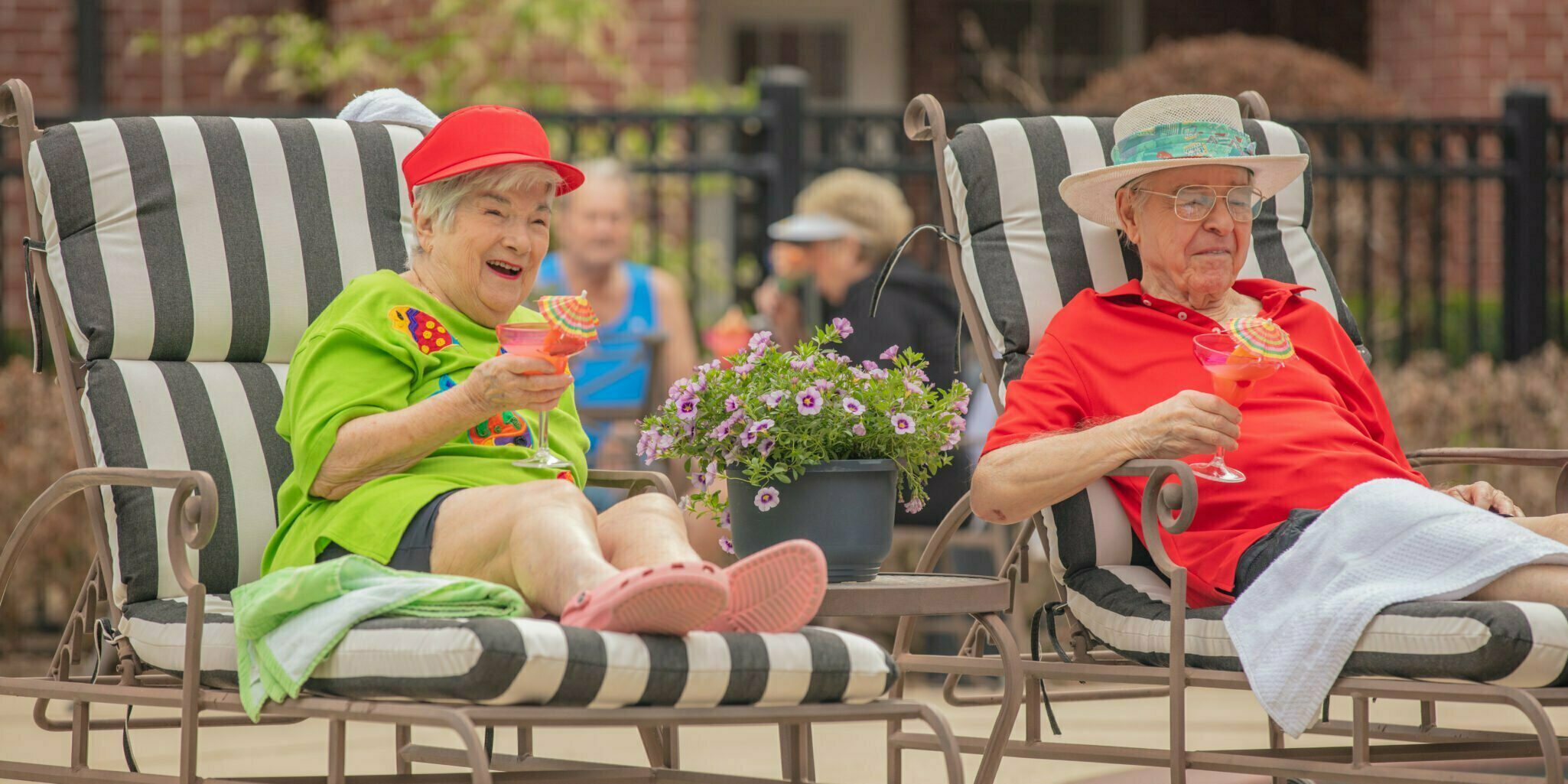
What is Restorative Therapy for Seniors?
If you feel like the activities and experiences you want to take on in your senior years are limited by previous injury or illness, weakness in your muscles, achy joints, or general physical decline, restorative therapy and wellness could be your answer. Restorative nursing care is an ongoing program that promotes a person’s ability to live as independently and safely as possible.
It’s important to distinguish restorative services from rehabilitation services. While rehabilitation services like physical therapy help people regain physical functions after illness or injury, restorative therapy helps maintain physical abilities to perform activities of daily living (ADLs) that promote independent living. The two work in tandem. Restorative therapy usually begins after rehabilitation from injury or illness is completed. Read on to learn more detail about how restorative nursing care can help you maintain your independence for years to come.

What Restorative Therapy Can Do For You
Restorative therapy programs are valuable to anyone who needs assistance keeping or even regaining the same level of mobility and independence they had prior to an injury or illness. It’s all about achieving and maintaining your greatest potential for living independently.
Restorative therapy and wellness are directly linked. Unlike physical therapy, which focuses on the functionality of individual parts of the body, restorative therapy takes a more holistic approach. It’s called restorative nursing care because, like most nursing care, restorative therapy is a long process that helps with daily activities such as bed mobility, bathing, preparing meals and beyond. Your mood, confidence, and mental health are as much the focus in restorative therapy as your physical wellness.
Restorative therapy is most effective when done frequently and on a regular schedule. Restorative programs can last anywhere from six weeks to multiple months, with anywhere between four to seven sessions per week. While participating in a restorative therapy program, your progress is also constantly monitored to ensure you’re addressing the areas of your life that need the most improvement. Generally, restorative therapy addresses the following:
Improving Mobility
- Simple exercises that improve your flexibility and overall strength are an integral part of a restorative therapy program. It’s much easier to maintain daily function if you’re able to move around by yourself. Preventing future illness or injury due to lack of mobility is another prominent goal.
Improving Independence
- Each session will likely spend time focusing on practicing, or even relearning, a daily activity. From bathing to dressing to brushing your teeth, restorative therapy gives you the tools to live as independently as possible.
Mental Health
- Most seniors involved with restorative therapy find their confidence is boosted by the ability to take care of themselves. You’ll receive help from professionals who can preserve your level of independence, as well as guide you through the emotional journey that accompanies it. That’s the goal of restorative therapy – to help you live life to the fullest.

When to Choose Restorative Therapy
Restorative therapy is ideal for seniors who have undergone rehabilitation involving physical therapy, occupational therapy or speech therapy. It’s imperative to build upon treatment from rehabilitation care in your home environment. Many seniors have trouble adapting to life after rehabilitation, both physically and emotionally. Working with a professional in restorative therapy will help overcome new challenges and, importantly, minimize the risk of falls or other injuries in the future. But restorative therapy isn’t only for those discharged from rehabilitation. Any senior who finds daily activities unmanageable is a perfect candidate for restorative therapy. As our bodies begin to decline, restorative therapy can do wonders to maintain independence for as long as possible.

Restorative and Rehabilitation Care at The Buckingham
As the premier retirement community in Houston, The Buckingham proudly offers a full continuum of senior health services, including long-term and short-term care, assisted living, skilled nursing and memory care. Direct entry is available without a required upfront fee. That means whether you or your loved one is recovering from an illness, healing from an injury, or simply looking to restore and maintain independence, The Buckingham is second to none. To learn more about short-term restorative and rehabilitation care at The Buckingham, visit our skilled nursing page.

